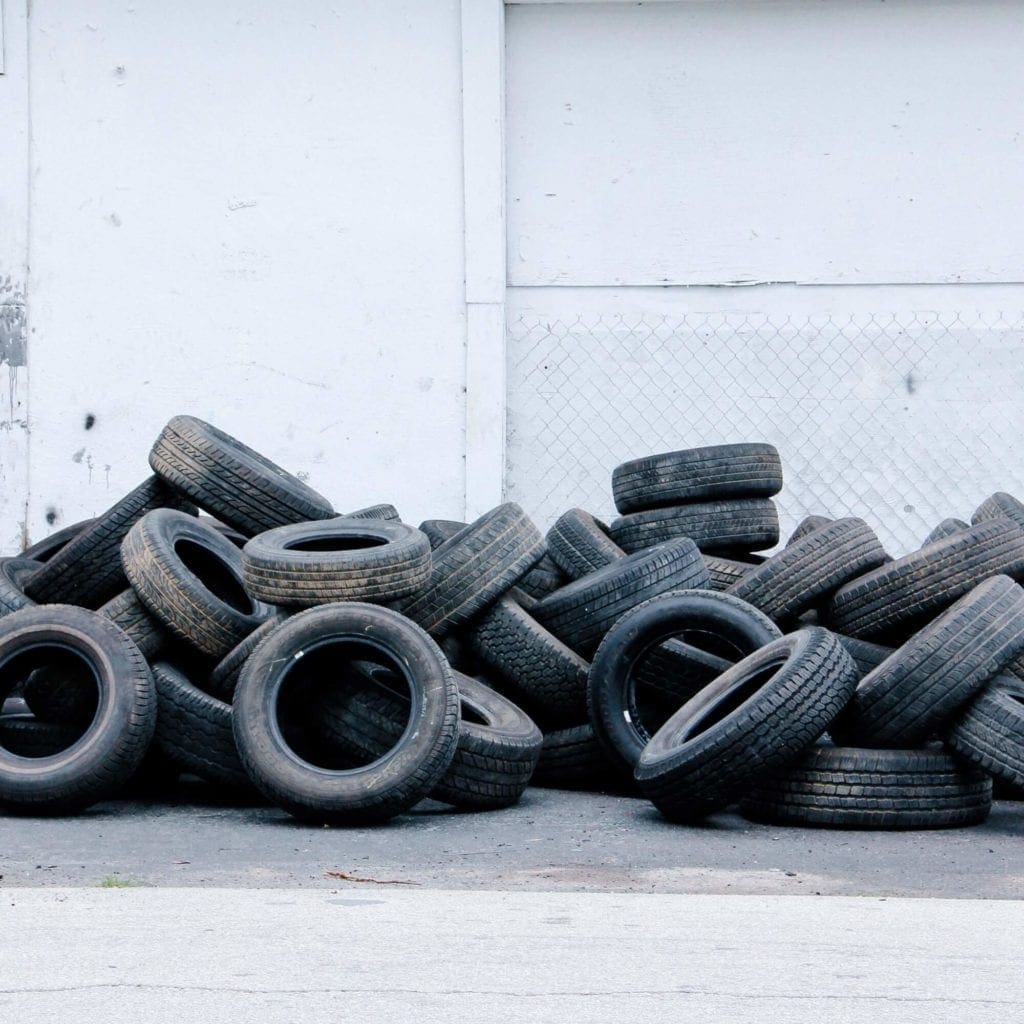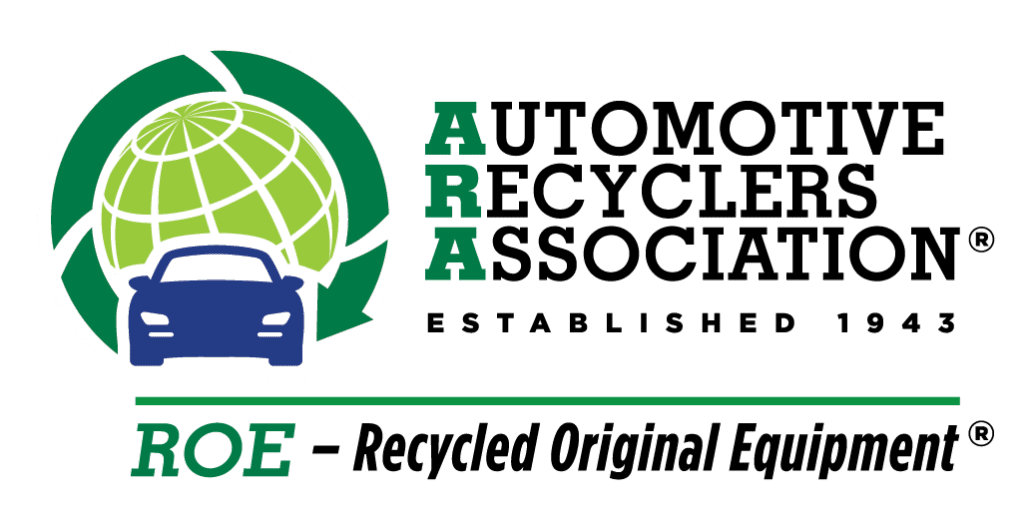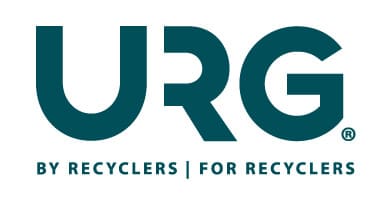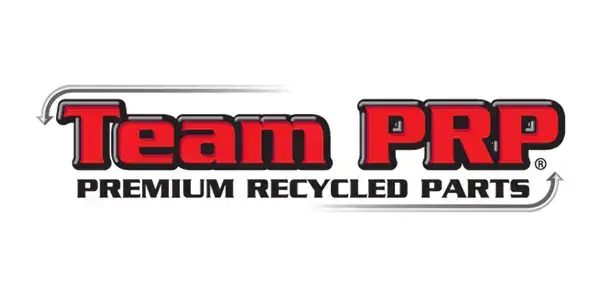4 Things to Look for When Buying Used Tires

You may not be aware of it, but the used car tire trade is a huge business in the US. It helps many drivers save money on auto maintenance, and used components are often sold for half the price of new ones.
For $1,000, you can purchase a set of old tires with more than half their life left. However, you wouldn’t want to risk your safety or your car’s performance simply to save a few dollars, would you? So, before you go out and get some used tires, there are a few things you should think about.
1. Tire Age
When properly maintained, a standard car tire may last up to 10 years, according to the US Department of Transportation. However, it’s best if you don’t get a tire that is older than half a decade, regardless of how much tread is remaining. This is because, after six years of heavy use, the rubber begins to break down and dry out. It deteriorates further in the seventh year due to exposure to the sun, weather factors, and road conditions.
Check the number on the side of the tire that indicates the week and year it was made to see how old it is. The number 2312, for example, indicates that the tire was manufactured in the 23rd week of 2012.
2. Depth of Tread
The tread depth is measured in inches. A new tire typically has a tread depth of 10/32 to 11/32 of an inch, whereas the minimum permissible tread depth is 2/32 of an inch. Ideally, used car tires should have about 5 to 6/32 of the tread depth remaining.
To determine if a tire is still legal to use, insert a dime into the tread with Lincoln’s head upside down. If you can see the entire head, the tire is too worn out and can no longer be used safely.
3. Visible Defects
Checking for visible evidence of deterioration is the simplest way to determine if a tire is still safe to use. If the sidewalls have bubbles, for example, don’t buy it. This means it’s no longer as sturdy as it once was, and it might blow up at any time without notice. Moreover, look for chunking, lumps, knots, exposed tire wires, tread separation, and holes, among a variety of other details.
4. Signs of Repair
Checking the tire exterior isn’t the only thing you should do. You should also inspect the inner of the tire for signs of wear and tear. If you find patches on the inside of the tire, it’s an indication that the tire isn’t holding air or has other problems. Similarly, if you notice crude nubs of rubber sticking up inside the tire, it means that a “plug” was attached to it to patch a hole. Tire plugs are even less effective than tire patches, therefore they should be avoided.
Conclusion
Saving money is one thing, but you still have to make sure that you are safe while driving with your used car tires. When buying a used tire, be on the lookout for deals that are too good to be true. Make sure to consider all of these critical details and never settle for anything that will compromise your safety.
Are you looking for used tire sales in Rochester, New York? Instead of wasting your time visiting scrap yards and retailers, visit Northside Salvage Yard for the best price on the tires you need for your specific vehicle!



